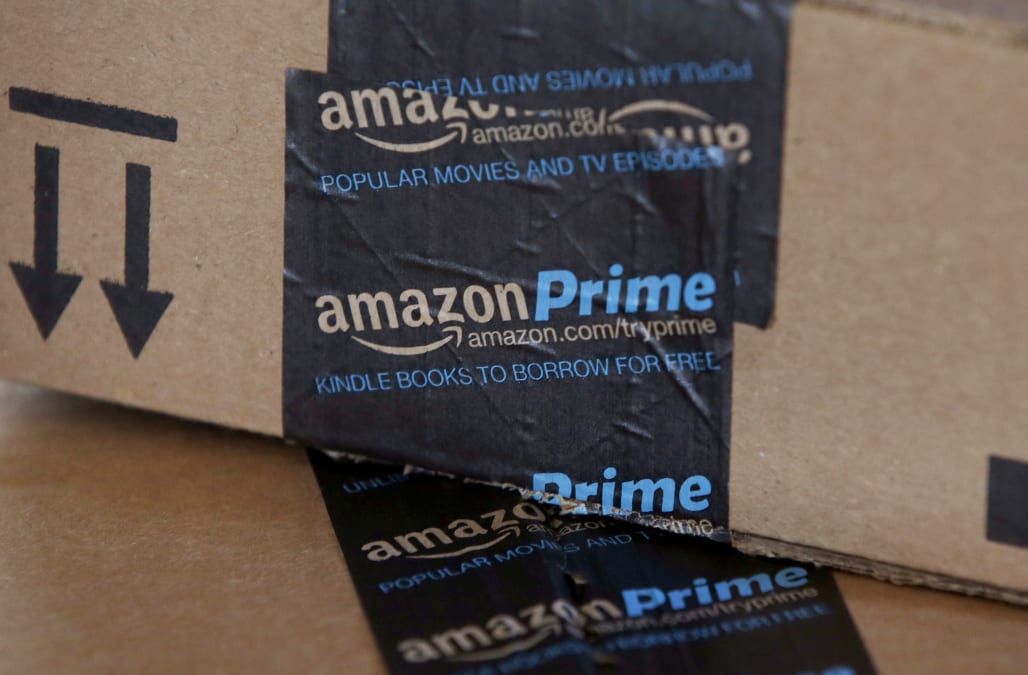
Amazon's digital marketplace sells everything from diapers to tiny homes, much to the delight of millions of customers around the world.
In its effort to offer such a wide variety of items, Amazon's storefront is open to third-party sellers — and sometimes those third-party sellers offer items that wouldn't pass the muster of federal regulators.
In fact, in a recent investigation from the Wall Street Journal, somewhere in the realm of 4,100 items were found for sale on Amazon's storefront "that have been declared unsafe by federal agencies."
Worse: Of those 4,100-odd items, "at least 2,000 listings for toys and medications" were missing standard health risk warning labels, and at least one of the children's products tested exceeded acceptable standards for lead, which can lead to major health issues in children.
Following the investigation by the Journal, Amazon altered or removed thousands of listings.
The investigation highlights a fundamental issue with a wide-range of tech platforms that have risen to prominence in recent years, from Amazon to Twitter to Google and YouTube: Offering a large, open platform means having to police a large, open platform, and that can be extremely difficult.
In the case of Amazon, sellers from all around the world are able to become third-party partners and sell products. It's extremely difficult to regulate such a marketplace, and some aberrations are bound to slip through.
That appears to be the case here — but with the tremendous scale of Amazon's digital storefront, "some aberrations" means selling thousands of products that violate federal regulations.
An Amazon rep told the Journal that it employs automation to police its storefront. Those tools prevented three billion "suspicious" items from being sold in 2018 alone, the rep said. "When a concern arises, we move quickly to protect customers and work directly with sellers, brands, and government agencies."
Moreover, Amazon outright published a response to the report on its own blog. The reponse details how Amazon handles store regulation:
"Once a product is available in our store, we continuously scan our product listings and updates to find products that might present a concern. Every few minutes, our tools review the hundreds of millions of products, scan the more than five billion daily changes to product detail pages, and analyze the tens of millions of customer reviews that are submitted weekly for signs of a concern and investigate accordingly. Our tools use natural language processing and machine learning, which means new information is fed into our tools daily so they can learn and constantly get better at proactively blocking suspicious products."
Check out the full Wall Street Journal piece to read more on the risks posed by Amazon's third-party sellers.
See Also:
https://www.aol.com/article/finance/2019/08/23/amazon-was-caught-selling-thousands-of-items-that-have-been-declared-unsafe-by-federal-agencies/23800255/
2019-08-23 17:00:59Z
52780361933515
Tidak ada komentar:
Posting Komentar